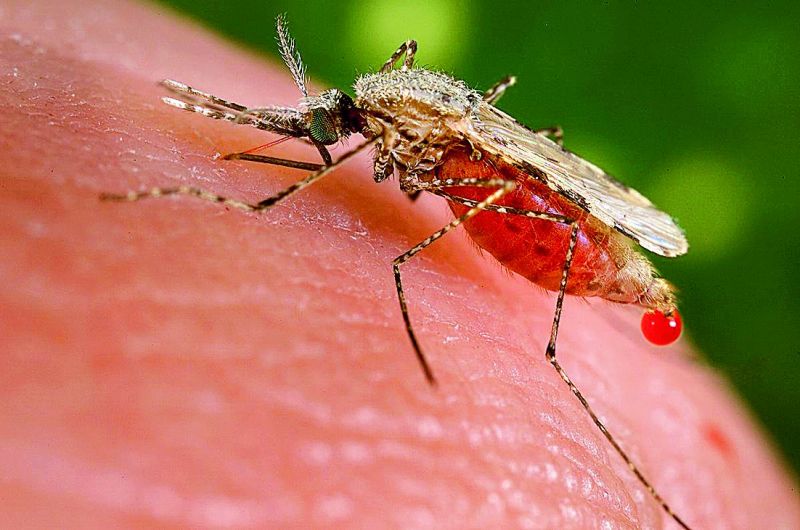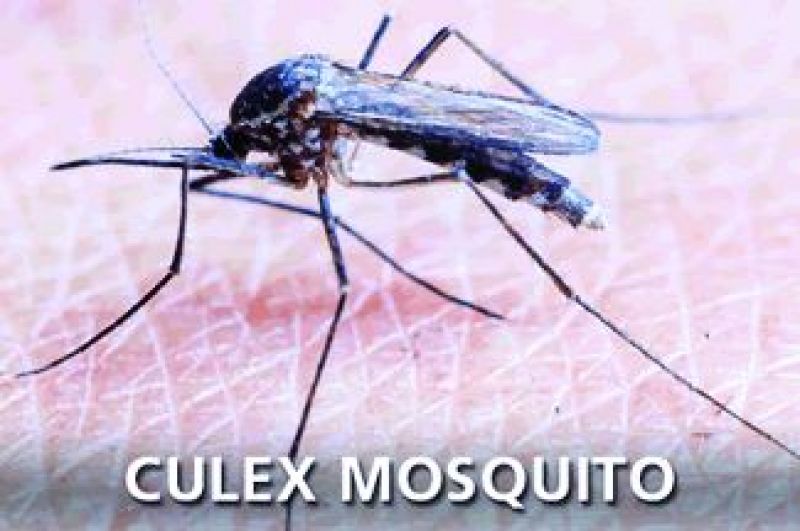2017 sees rise in mosquito cases in Hyderabad

Hyderabad: Health alert. Hyderabad has shown an alarming increase of malaria and dengue cases in the last six months. From January 1 to June 1, 157 cases of malaria and dengue have been reported, the highest in the last five years.
Culex, Anopheles and Aedes, the three main species of mosquitoes that are responsible for malaria and dengue, have multiplied unchecked in the city and neighbouring districts. The Culex species mainly breeds in lakes, while Aedes and Anopheles mosquito breed in overhead tanks and stagnant water at homes.
 AedesAedes
AedesAedes
Fever: Dengue, chikungunya and zika
Identification: Body is parallel to the surface when it sits.
Lifespan: 2 weeks
Eggs at one go: 200.
Activity pattern: Active during the day
Habitat: Breeds in fresh water.
Urban local bodies including GHMC have adapted two methodologies to curb mosquito menace.
 Anopheles mosquitoesAnopheles mosquitoes
Anopheles mosquitoesAnopheles mosquitoes
Fever: Four types of malaria fever including Vivax and Plasmodium falciparum
Identification: It sits at a 45º angle to the surface.
Activity pattern: Active during the night
Lifespan: 2 weeks
Eggs at one go: 200
Habitat: Breeds in polluted water
 CulexCulex
CulexCulex
Fever: Filariasis (Reported in Nalgonda and West Godavari in recent times), Japanese encephalitis (mostly found in paddy-growing districts like Karimnagar, Nizamabad)
Identification: Body is parallel to the surface when it sits.
Activity pattern: Active during the day, mostly found in rural areas
Lifespan: 2 weeks
Eggs at one go: 200
Habitat: Fresh water, puddles, pools, tin, cans, bottles and buckets
One female mosquito produces 1,000 eggs in a lifespan. The Armigeres mosquito which is mostly found in villages has spread to the city too and is mostly found in septic tanks. Though this species does not cause any vector-borne disease, it is termed as a “nuisance mosquito”.
“If the last five years if the malaria cases are to be compared, then the 2017 figures are the highest with reasons ranging from increase in mosquito density to failed measures of curbing the menace. The last six months has showed a cyclical trend in the increase of malaria cases. Usually every year the number hovers around 50-60, but this year it has doubled,” said a senior entomologist with the state health department.
“If a city like Hyderabad can record an increase in cases, what would be the condition of the districts,” he said.
Out of the four types of malaria caused by the Anopheles mosquito, 89 per cent of cases are Plasmodium falciparum fever and the rest are Vivax which is more dangerous.
Health officials said that the delay in the removal of mosquito breeding centres in colonies, lakes and ponds, particularly in slums and the lack of regular fogging and spraying operations were the main reasons for the outbreak of dengue and malaria case during this monsoon season.

